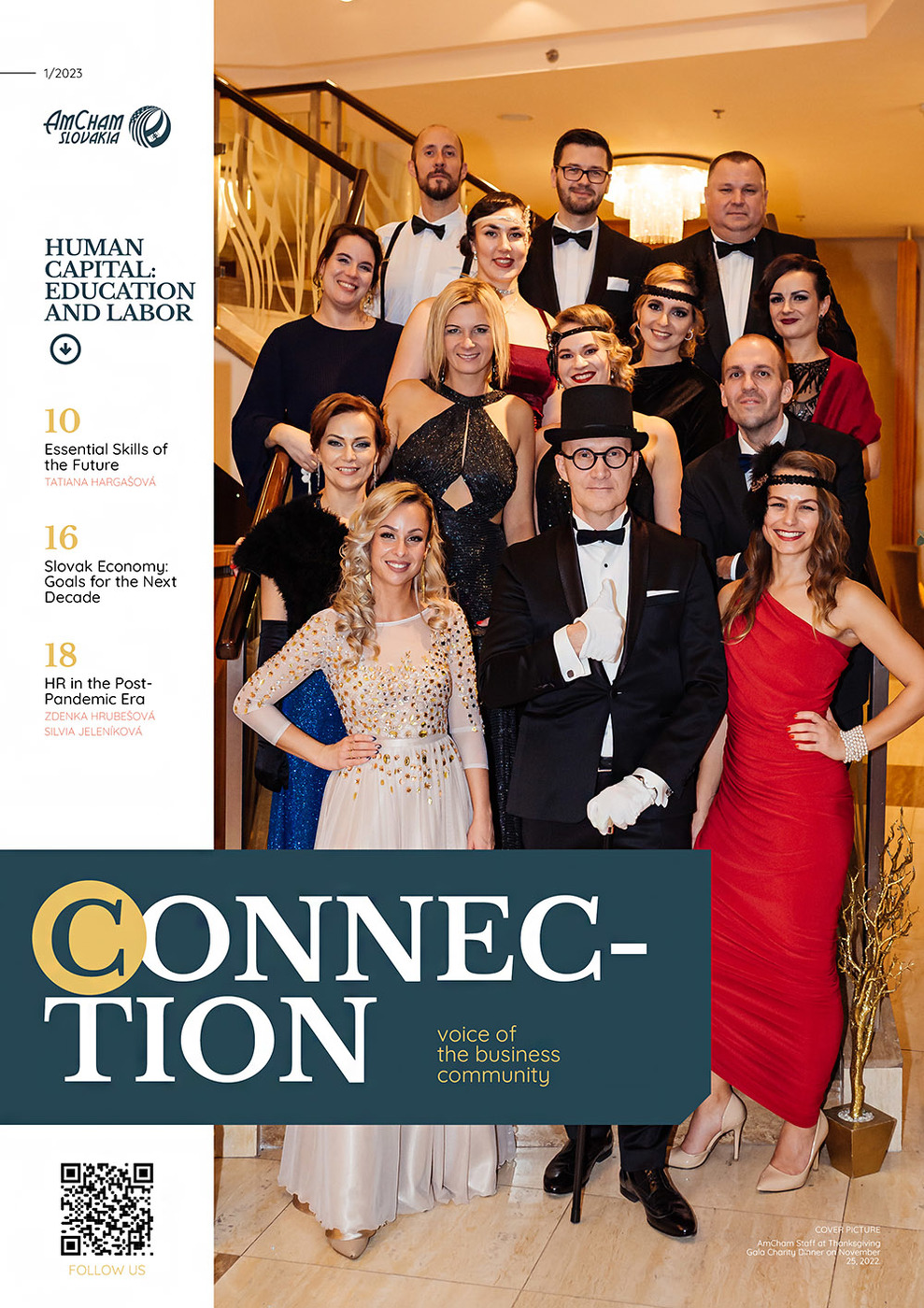Company culture helps to find your unique selling proposition
The current situation is forcing many companies to rethink their strategies in which they must respond to an environment full of challenges. Remaining competitive while retaining the ability to grow are key prerequisites for healthy business development in the future. Our internal analysis shows that firms desperately need to find the answer to what they need to do to become the first choice of their future clients. In other words, they need to answer the question of what makes their offering unique to the market, employees and the company overall.
The answer is not simple, but it has a lot to do with the environment that companies create for work. The company culture should create a safe space for innovation and frequent adjustments. Employees and managers should see the value of continuous learning and feedback. And everyone’s efforts need to be “laser-precise” in creating value for stakeholders.
On- the job training in teams
The Academy for Innovation in Human Resources (AIHR) has released its predictions and trends for 2023. One of these is strategic and systematic learning, which focuses on skills training aligned with the capabilities an organization needs to stay competitive. Introducing them into the work process will require innovating traditional training methods.
But how do we change people’s long-established patterns of behavior, and at the same time show them that change can be of great benefit to all? We got used to the necessity and importance of external or online trainings aimed at increasing competencies in technology, or even soft skills. In other words, all people who are not investing their time and effort into educating themselves today will find it harder to keep up with technology and trends, thus reducing their chances of career growth.
Encouraging employees not to be afraid to come up with new ideas to improve and simplify their work must now be supported by another form of learning and development that works alongside traditional training. Its benefit is that it focuses on people working in teams, where they learn from their daily tasks how to do them differently, better. In a controlled way, optimally with a facilitator, employees are given the space to generate new ideas where they can naturally express themselves and show their abilities that might otherwise remain hidden. With this form of training, the company can identify talent across job roles and better harness their potential. According to AIHR, companies will increasingly invest in microlearning, micro-mentoring, executive coaching and learning on the job in the coming year.
 The main principle is to find the time to sit down together on topics that we know are important to our work and to use special techniques to look for alternatives that lead to improvements. These include brainstorming, design thinking, but also hackathons, which are not - as many people mistakenly believe - only suitable for the IT sector. And, to do it repeatedly, to change the topics, the form, and not to take it as a one-off activity. Getting this kind of collective thinking and decision making into the DNA of individual teams is important, because innovation rarely comes alone, it is much more often found in discussion, and preferably open discussion.
The main principle is to find the time to sit down together on topics that we know are important to our work and to use special techniques to look for alternatives that lead to improvements. These include brainstorming, design thinking, but also hackathons, which are not - as many people mistakenly believe - only suitable for the IT sector. And, to do it repeatedly, to change the topics, the form, and not to take it as a one-off activity. Getting this kind of collective thinking and decision making into the DNA of individual teams is important, because innovation rarely comes alone, it is much more often found in discussion, and preferably open discussion.
Companies need to be more agile and teams more autonomous
Bringing learning “in-house” can also address other challenges that companies currently face. One of the most obvious is the shortage of skilled employees. People prefer a company culture where their opinions matter and which emphasizes collaboration and communication. Another common related issue is the culture of employee feedback and evaluation. Often it is merely formal, ineffective or only seemingly harmonious. What does this mean in practice? Everyone pretends that everything is fine, they don’t have the courage to raise the topics and move on. Related to this is a need for change in performance management - setting people up to be evaluated not just on individual goals, but on behavior and collaboration in teams and on projects across departments.
I am convinced that companies need to be more agile and teams more autonomous in unpredictable and changing times, with support especially needed from middle management, to whom more and more HR-related tasks are being passed on. Today, in addition to technical competence, the ‘leadership’ role of managers is much more important and needs to be helped by providing tools and guidance on how to mentor and lead people, and guidance on how to create an environment that consistently fosters autonomy, independence and resilience.
Change in favor of such functioning, or as it is often called “transformation”, does not happen immediately, and certainly not in one go. It’s a long-term process, a collection of individual activities, projects and training, individual meetings and conversations that should be directed towards improving the work environment, culture, motivation and employee engagement, and therefore improving the customer experience and company results. If internal employees who are in charge of training in the company are “stuck” so to speak, they should call in an external expert to help. They can provide a different perspective, but also advise on how to kick-start new processes in the company so that they can help the company respond to market demands in the long term.
Andrea Vančíková, Director, Human Capital Services, Grant Thornton



Follow us